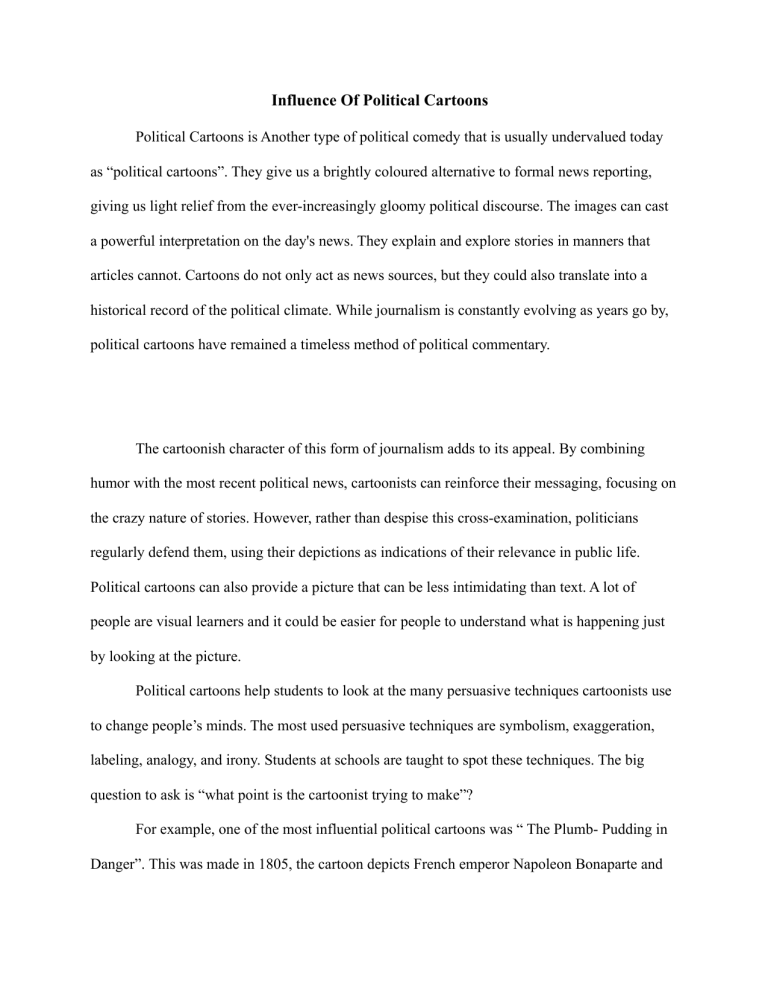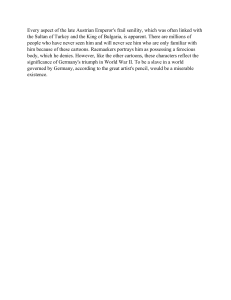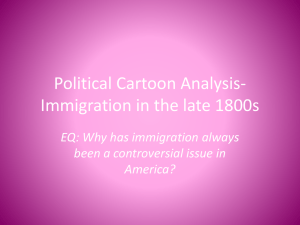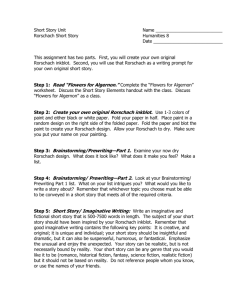
Influence Of Political Cartoons Political Cartoons is Another type of political comedy that is usually undervalued today as “political cartoons”. They give us a brightly coloured alternative to formal news reporting, giving us light relief from the ever-increasingly gloomy political discourse. The images can cast a powerful interpretation on the day's news. They explain and explore stories in manners that articles cannot. Cartoons do not only act as news sources, but they could also translate into a historical record of the political climate. While journalism is constantly evolving as years go by, political cartoons have remained a timeless method of political commentary. The cartoonish character of this form of journalism adds to its appeal. By combining humor with the most recent political news, cartoonists can reinforce their messaging, focusing on the crazy nature of stories. However, rather than despise this cross-examination, politicians regularly defend them, using their depictions as indications of their relevance in public life. Political cartoons can also provide a picture that can be less intimidating than text. A lot of people are visual learners and it could be easier for people to understand what is happening just by looking at the picture. Political cartoons help students to look at the many persuasive techniques cartoonists use to change people’s minds. The most used persuasive techniques are symbolism, exaggeration, labeling, analogy, and irony. Students at schools are taught to spot these techniques. The big question to ask is “what point is the cartoonist trying to make”? For example, one of the most influential political cartoons was “ The Plumb- Pudding in Danger”. This was made in 1805, the cartoon depicts French emperor Napoleon Bonaparte and British prime minister William Pitt greedily carving a plum pudding shaped like the world in an amusing metaphor for the leaders’ battle for geopolitical power. orschach is known as the principal protagonist in the Watchmen graphic novel. Everytime Rorschach is on the page we get to see how Rorschach really views the world around him. He sees all of the evil and wants to get rid of it in any way possible. Rorschach has a very hostile way of dealing with solving the problems he's dealing with. Unlike superheroes in the cliche comics you have read; Rorschach does not hesitate to murder his foes. Throughout the story it seems like he is misunderstood by everyone around him while he just wants to fight for justice. Every character in this story has different views on the world around them. Rorschach is the opposite because he is harshly affected by human suffering. Towards the end of the novel Dr. Manhattan ends Rorschach's life after hearing Ozymandias' plan. Dr Manhattan and Rorschach had completely different views on good and evil so Dr Manhattan did not want Rorschach to stop this plan. Dr Manhattan was only pretending to be human and does not feel regret for any of his actions. The setting of Watchmen is set in an alternate reality that closely reflects what the 1980s resembled. The story begins on October 12th and ends on Christmas day. Most of the time during the graphic novel it is spent in the past. Around 1940 and etc is where we get to see the characters' memories. Mars is where Dr. Manhattan goes because he is blamed for causing cancer. The reason why this story is so loved is because it is far from a generic good vs evil story. Hi hi hi hi hi hi hi hi Hi hi hi hi hi hi hi hi Hi hi hi hi hi hi hi hi Hi hi hi hi hi hi hi hi hi hi hi hi hi hi hi hi hiHi hi hi hi hi hi hi hi hi hi hi hi hi hi hi hi hi Hi hi hi hi hi hi hi hi hi hi hi hi hi hi hi hi hi Hi hi hi hi hi hi hi hi hi hi hi hi hi hi hi hi hi Hi hi hi hi hi hi hi hi hi hi hi hi hi hi hi hi hi Hi hi hi hi hi hi hi hi hi hi hi hi hi hi hi hi hi Hi hi hi hi hi hi hi hi hi hi hi hi hi hi hi hi hi Hi hi hi hi hi hi hi hi hi hi hi hi hi hi hi hi hi Resources https://blog.socialstudies.com/the-teachers-guide-to-helping-elementary-students-analyze-political-cartoons © Ellwood Atfield 2022 Melissa Knowles Social Studies School Service Benjamin Franklin, Join or Die, The Pennsylvania Gazette, 1754 | © Adam Cuerden/WikiCommons



